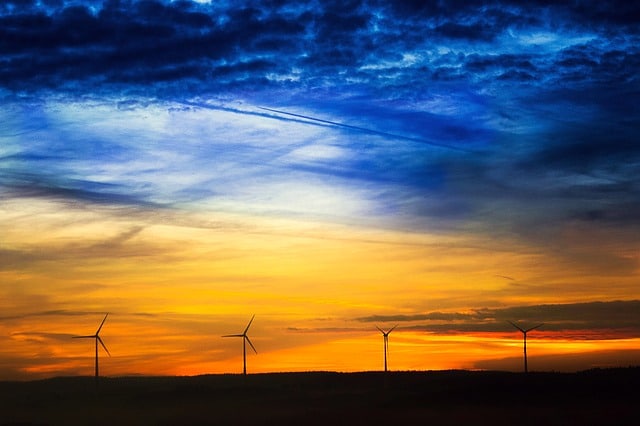As human beings, we need natural resources for survival. Air, soil, water, sunshine, coal, plants, animals, and minerals are some examples of these resources. All these items play a crucial role in promoting a healthy and more sustainable livelihood.
In fact, everything we utilize in our day-to-day lives is drawn from the available natural resources, and that includes the so-called artificial resources.
But despite the fundamental role of natural resources in our lives, it’s sad that we almost never think that these resources might eventually get depleted if we use them irresponsibly.
The surging global population, rapid urbanization, and industrialization have increased the demand for the available resources, creating scarcity which could eventually cause depletion of some of the resources.
As such, proper steps should be taken to ensure that we continue enjoying these resources. Otherwise, the future generation will face tremendous hardships. Here are some of the measures we can adopt to conserve and protect natural resources.
40+ Ultimate Ways To Conserve and Protect Natural Resources
Below are 40+ ways to save and conserve natural resources.
1. Use of Alternative Sources of Power Such as Solar and Wind Energy
To conserve our environment, it’s time to switch to using solar power, wind power, hydroelectric, or bioenergy. These alternative energy sources are bio-friendly because they do not produce harmful gases that damage the ozone layer.
Plus, these energy sources are better compared to burning fossils such as coal and charcoal, considering they are more sustainable. Even more, they’re generally more affordable and renewable.
2. Plant Trees to Prevent Soil Erosion
This entails planting trees and vegetation to control soil erosion caused by wind and water. Trees and vegetation are essential in the maintenance of the ecosystem. They also act as home for most insects, birds, and some symbiotic plants. This creates a habitat for wildlife, therefore, conserving wildlife altogether.
3. Practicing Judicious Ways to Conserve Water in Our Homes
This entails simple practices like ensuring taps are closed when not in use, taking less time in the shower, reusing water in activities like watering the kitchen gardens in our homes, and buying LED builds instead of the traditional fluorescent bulbs, among other simple yet essential measures commonly overlooked.
4. Use Pipelines to Transport Oil
Many oil leaks occur as a result of transporting oil using ships. The oil leaks are detrimental to flora and fauna. When exposed, most of these species die due to these oil spills.
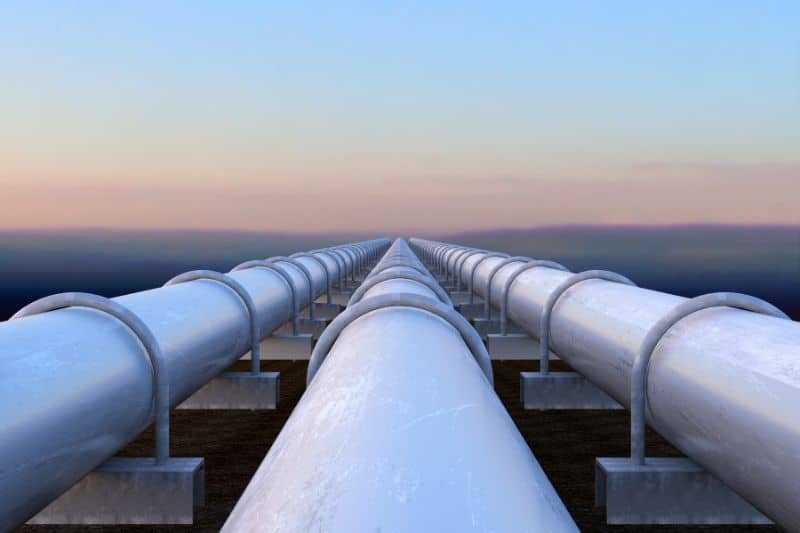
To curb all that, pipelines are a reliable modern way to move oil. It will minimize spills, reduce oil transportation costs, and minimize the amount of emissions produced when transporting oil on road, rail, or water.
5. Growing of Vegetation in Catchment Areas
Catchment areas act as a source of water that flows into streams, rivers, and oceans. Vegetation in the catchment areas allows for sufficient water percolation into the deep soil layers, allowing for groundwater formation. As such, protecting the catchment areas ensures that our taps do not run dry.
6. Treatment of Industrial Wastes and Sewages Before They Are Released in The Water Bodies
Rapid industrialization has resulted in wastes harmful to the ecosystem. The release of these effluents directly into the water bodies has led to massive water pollution in some areas in the world, especially in developing countries.
Therefore, industrial and human waste should be treated to prevent the thermal and chemical pollution of water.
7. Rain Harvesting
This is an important practice of ensuring water conservation. It is done by harvesting rainwater during the wetter seasons of the year and using it during the dry seasons.
This approach reduces reliance on water from natural sources, benefiting both the environment and communities. The harvested rainwater serves multiple purposes, such as irrigation for farms and watering lawns in residential areas.
By adopting this method, we contribute to sustainable water management and protect precious water resources.
8. Practice In-Situ or On-Site Conservation of Wildlife
This entails the conservation of animals and plants in their natural habitats. It also involves protecting the protected areas set aside, for instance, wildlife sanctuaries, parks, and biosphere reserves, among others. Certainly, this will help conserve endangered plant and animal species.
9. Practice Ex-Situ or Offsite Conservation of Wildlife
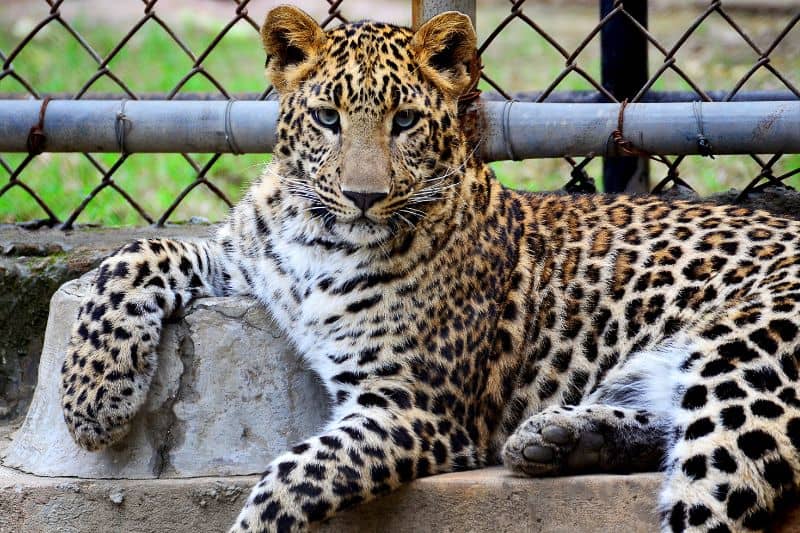
It involves the conservation of animals and plants outside their natural habitats. These include areas like pollen banks, DNA banks, zoos, seed banks, botanical gardens, tissue culture banks, among others.
10. Formulation of Policies and Regulations to Curb Poaching
Poachers continue to kill many animals, such as elephants, rhinos, and leopards, for their horns and skin, which are sold off in the black market. Poachers significantly threaten our biodiversity, slowly making some species extinct. These regulations will ensure that poaching is done away with.
11. Practice Judicious Ways of Conserving Energy
Such practices include switching off the lights when not in use, unplugging electrical appliances when not in use, and other seemingly little things in that line. Plugged-in appliances continue to use electricity even when not in use. Other practices include spending less time when taking hot showers.
12. Use of Biogas in Our Homes
Around the World, Liquefied Petroleum Gas (LPG) is the most rampant fuel source in our homes today. But being a non-renewable resource, the continued LPG will eventually result in the depletion of oil reserves.
That’s where biogas comes in as a good alternative. Biogas is mainly produced from cattle dung, but it can also come from biogas plants. This energy source is renewable and comes with lots of advantages over traditional LPG.
13. Use of Bio-Fuels
For more than a century, fossil fuels have been a leading energy source. However, they are depleting rapidly; this calls for alternative fuel sources, such as bio-fuels, which are mainly derived from plant species. Bio-fuels are known to be bio-friendly, and they reduce the occurrence of air pollution.
14. Ensure the Recycling of Wastes
These wastes include plastics, paper bags, and other common sources of litter produced in our homes. Recycling entails the re-manufacturing of already used materials. This reduces the amount of waste available, minimizing soil and water pollution.
15. Planting Trees in Home Compounds
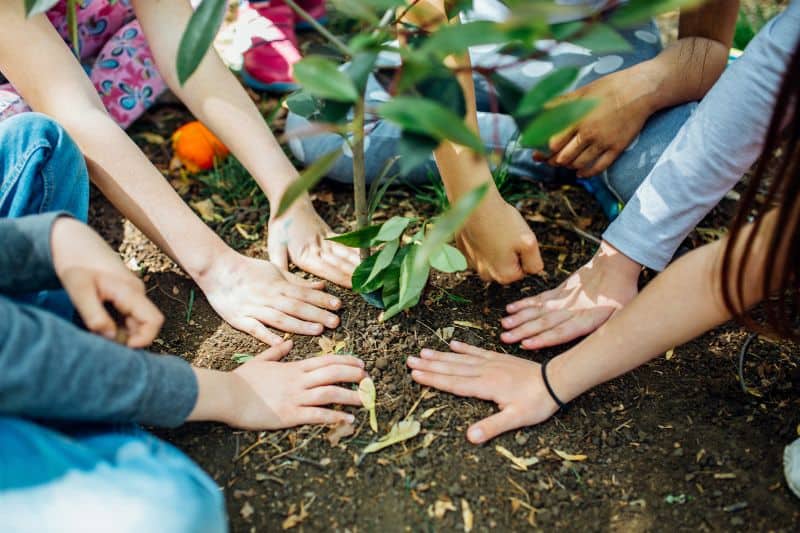
Trees provide shade and perfect air conditioning for our homes. They ensure clean air for us to breathe, creating a perfect air conditioner. By so doing, they cut down on the electricity costs that would have otherwise gone into using conditioning appliances.
16. Make Use of Electronic Mails
Electronic mails are paperless and present an excellent way to minimize paper usage. Technology has made this possible, reducing the usage of paper and envelopes. This has reduced the production of paper and minimized the cutting down of trees.
17. Purchase Hybrid Cars Instead of Conventional Cars
Hybrid cars use a combination of electricity and minimal amounts of gas to run them. This is a break from using petroleum products primarily used to run cars. As such, hybrid cars are a great deal in conserving fossil fuels.
18. Use Earth-Bags Instead of Plastic and Paper Bags
Most of the waste comes from the excessive use of plastic bags. Carry an earth-bag each time you visit the grocery store. Sellers should also consider wrapping products in materials that can be recycled.
19. Use Energy-Saving LED Bulbs
Energy-saving LED bulbs may cost more money than older versions of lights. However, they will minimize electricity bills, thus saving energy. They also last longer, ensuring that fewer purchases are made.
20. Industries Can Ensure They Make Production Efficient to Reduce Wastage
This will ensure limited harvesting of natural resources and also reduce wastage.
21. Use Ceramic Cups to Consume the Daily Cup of Coffee Rather than Using Disposable Mugs
This ensures that there is less waste and also ensures the overall conservation of the ecosystem.
22. Water the Lawns and Farms in The Evening
Watering the farm when it is dry and hot results in increased water evaporation, meaning that you wind up using more water than you’d have used when done at the proper time. During the evening, the weather is much cooler, reducing evaporation, thus conserving water.
23. Reuse Old Furniture
It is common to dispose of old furniture and opt for new furniture. But how about reselling it or giving it to charity where it can be reused?
It does make some difference as it will cover the existing need for a chair, so a new one will no longer be needed. Plus, the old furniture can also be re-sculptured and redecorated to save wood. This will reduce deforestation.
24. Practice Crop Rotation
Planting the same crops for an extended period of time reduces soil fertility. Crop rotation is an effective way to restore and maintain soil fertility, thus conserving the soil.
25. Translocation of Wild Animals
The growing population has led to humans encroaching on the wildlife habitat. This has resulted in a human-animal conflict, forcing humans to kill wildlife when fighting back. Translocation involves moving wild animals to adjacent areas and fencing to curb the conflict.
26. Encourage the Use of Drip Irrigation
Some of the water from daily activities may be used in drip irrigation. This promotes water conservation.
27. Establish Special Schemes to Preserve Endangered Plant and Animal Species
This includes establishing botanical gardens and sanctuaries to protect endangered species so that they can be available for future generations.
28. Constructions of Reservoirs
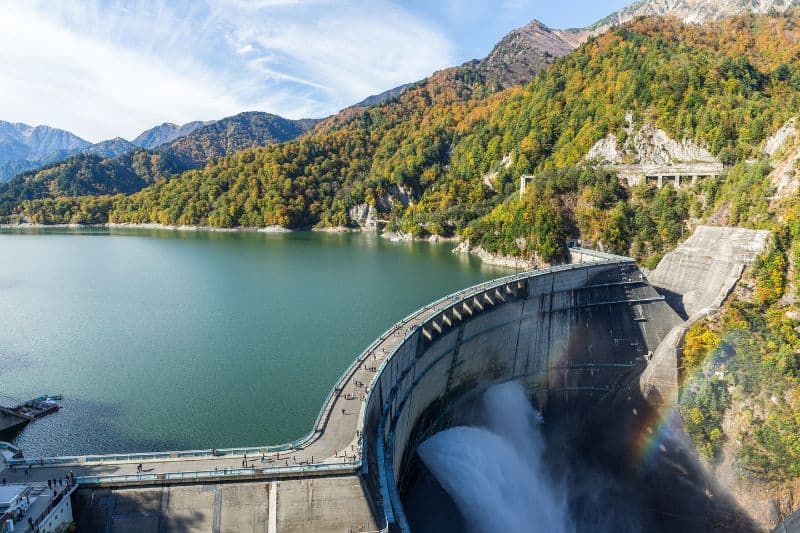
This will regulate the amount of water that is used daily. Plus, the construction of dams means there will be a new source of hydroelectric power, which is another alternative source of energy.
29. Formulate Regulations to Stop Overfishing
Overfishing interrupts aquatic life and depletes the fish available in our water bodies. In some cases, it poses a threat to the endangered aquatic species. Regulations to avoid overfishing should be put in place.
30. Control the Number of Cattle in A Household to Prevent Overgrazing
Overgrazing destroys agricultural land, making it prone to soil erosion.
31. Constructing Terraces and Gabions in Sloping Land
This will prevent soil erosion. We should always strive to protect the environment. We should, therefore, embrace these methods to protect natural resources.
32. Use Windows
Open your windows instead of running the A/C. Allow fresh air and natural light to enter the room, which proves to be more hygienic. Open windows at night to capture the cool summer breeze. You can even place fans in windows on cooler summer days instead of using the A/C. If possible, replace older windows with high-performance windows.
33. Proper Maintenance of Vehicles
A properly tuned and oiled vehicle with correct tire pressure will give better mileage per gallon.
34. Use Fewer Vehicles
Ride a bike or scooter. Look for carpool or rideshare services like Uber or Lyft or use public transportation where possible. You can even opt to walk instead of driving for short distances. Switching up your driving habits can make a bigger environmental impact than you think and can even be better for our health.
35. Less Travelling
Telecommute, if possible. Try a stay-cation instead of traveling for a vacation.
36. Skip Appliances If Possible
Wash clothes with cold water instead of the washing machine. Hang clothes to air dry or in the sun, avoiding dryer. You can even wash utensils when you have time without using the dishwasher. These save a lot of energy.
37. Manage Water Heater
Reduce the water heater temperature setting to 120 degrees and install a water heater with timer — wrap insulation around the water heater. You can even install a solar water heater. Turn off the water heater when going on vacation.
38. Eat Less Meat

Eat less meat or find meat from local farms. A meatless meal a day makes a huge environmental impact.
39. Cut Down On Packaging And Food Waste
Food eats up a lot of natural resources from production to distribution before it even finds its way to your grocery cart. And once eaten, the leftover plastic wrappers, cardboard boxes, and uneaten scraps find a more permanent home in the landfill, emitting greenhouse gasses as they slowly decompose. Therefore avoid packaging and food waste as much as possible.
40. Manage Thermostat
Lower the thermostat in winter and raise it in summer when leaving the house. For winter, set the thermostat to 68-70 degrees during the day and reduce it to 65-68 degrees at night. For Summer, 72-75 degrees during the day and increase to 76-78 degrees at night should do.
41. Celebrate World Conservation Day
You can take many initiatives, as discussed above, on a personal level to celebrate World Conservation Day. Join a local nonprofit focused on sustainability and contributing to nature.
